Japan
Japan to continue exporting nuclear technology
Japan to continue exporting nuclear technology
Japan decided exporting nuclear power generation technology after reviewing its policy.
Tohoku Electric receives initial power supply from TEPCO
Tohoku Electric Power has received an additional 300MW out of the expected 1,100 from Tokyo Electric Power to avoid rolling blackouts and meet the increasing demands.
Nuclear fuel at Fukushima reactor possibly melted twice, says study
Fuel inside one of the reactors at the nuclear complex in Fukushima Prefecture has possibly breached the vessel after melting again at the bottom, according to a study.
Tokyo to build natural gas-fired power plant
A natural gas-fired thermal plant will be built in Tokyo by the city government.
Japan to set up atomic safety regulator
Japan plans to set up a new atomic safety regulator under the Environment Ministry by merging the Nuclear and Industrial Safety Agency with another government advisory body.
Tokyo local government to build natural gas-fired power plant
A natural gas-fired thermal plant will be built in Tokyo by the city government. Tokyo Governor Shintaro Ishihara said that the local government will get the help of private funding including foreign investment, as the capital faces uncertainty over future power supply. Construction of the plant is estimated to cost around JPY50 billion or $640 million and will be built and operated by a private sector on a site offered by the local government. The power generated from the plant will be equal to one nuclear plant.
Japan shuts thermal and hydro plants
J-Power has closed two thermal power plants due to a steam leak and a problem with a transformer.
Turkey resumes talks with Japanese firms on nuclear plant construction
Turkey resumed discussing a potential with Toshiba and TEPCO to build the country's second nuclear plant in Sinop.
Tokyo local government to build natural gas-fired power plant
A natural gas-fired thermal plant will be built in Tokyo by the city government.
Chubu Electric to Buy Hydro Power Projects from Mie Prefecture
Chubu Electric is in talks to acquire 98MW of hydro power plants from the state government of Mie Prefecture for JPY10.5bn or $135 million.
Unit 1 of Misumi thermal plant restarted
Chugoku Electric Power resumed operation at the trouble-hit Misumi thermal plant in Shimane Prefecture.
TEPCO turns to LNG after nuclear crisis
Tokyo Electric Power Co. will procure 3.1 million tons of liquefied natural gas each year from an offshore gas field in northwestern Australia for up to 20 years beginning 2007.
Hokuriku Electric to build 1st LNG-based power output facility
Hokuriku Electric Power will build a liquefied natural gas-fueled power generation facility in Imizu, Toyama Prefecture.
Tokyo to Construct a Natural Gas-Fired Power Plant
The Tokyo Metropolitan Government plans to construct a natural gas-fired thermal plant in Tokyo, Japan, amid the nuclear crisis at the Fukushima Daiichi plant. Tokyo Governor Shintaro Ishihara said the plant will be constructed by the local government with the help of private capital including foreign investment, as the capital faces uncertainty over future power supply. Construction of the plant is estimated to cost around JPY50bn ($640m) and will be built and operated by a private sector on a site offered by the local government. The power generated from the plant will be equal to one nuclear plant, reports Dow Jones.
1.6 km seawall to protect Hamaoka nuclear plant against tsunami
Chubu Electric Power will construct a 16 kilometer long, 18 meter high tsunami defence wall around its Hamaoka nuclear plant in Tokyo at an estimated cost of around JPY100 billion or $1.3 billion.
Solar-powered shelter to feed electricty to grid
Kyocera’s latest solar innovation, the Eco-Shell, is being launched in Japan.
Second Takahama nuclear reactor to be shutdown
Kansai Electric Power Co will close the 870MW No. 4 reactor at its Takahama station in Japan.
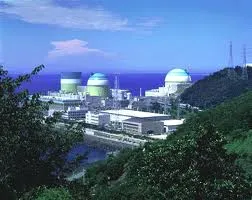
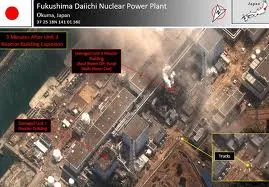
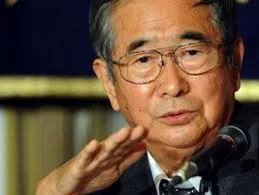
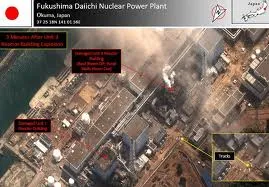
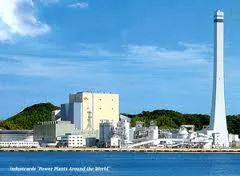

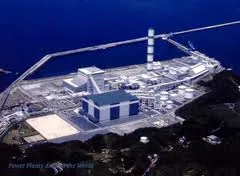
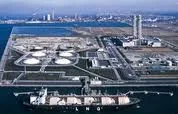
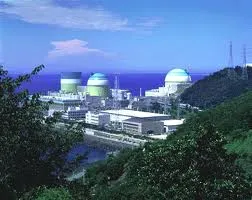
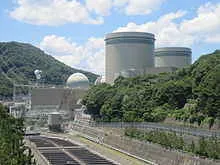

 Advertise
Advertise















Commentary
How pump retrofits boost profitability and efficiency in ageing power plants